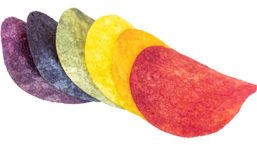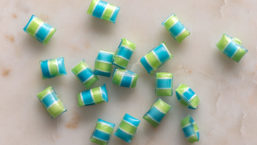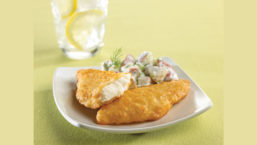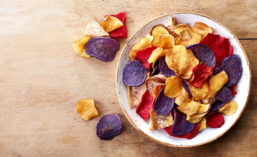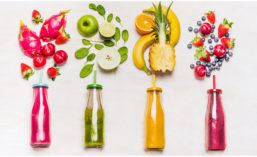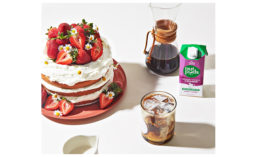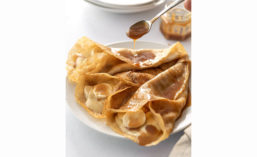Articles by Olivia Conrad
Product developers identify cutting edge solutions to modern color formulation challenges
Read More
Natural Food Colors for a New World
The future of natural colors is brighter than ever
September 1, 2023
Formulating with Color in Confectionery Applications
Ensuring high pigment concentration from the starting material begins with precise cultivation techniques
February 22, 2023
Trends in Natural Red Colors for Food Product Development
The rapid transition to natural sources of food colors had many color makers seeing red...in a good way
August 31, 2022
Leveraging Food Coatings to Integrate Health Attributes
Texture is one of the four compass points—along with flavor, appearance, and aroma—that determine the success of a food product
August 24, 2022
Bright, Natural Colors for Snacks Attract and Deliver on Novelty, Nostalgia, and Clean Label
In 2022 and beyond, food brands and product developers will need to create sweet and salty snacks with vibrant colors and cleaner ingredient lines
July 27, 2022
2022 PREDICTIONS | COLORINGS
Developers, Manufacturers Expect Continued Demand for Natural Color Additives
Developers leverage color-carrying raw ingredients to create cleaner lines and an improved perception of health
December 16, 2021
Innovation in the Dairy Alternatives Retail Space is Booming
The rise in consumer demand for dairy-free products has challenged developers to mimic the unique functions of the casein, whey, lactose, and fat found in animal milk
October 29, 2021
Natural Brown, Sepia, and Dark Gold Food Colorants Show New Possibilities for Product Developers
Caramel colors account for approximately 80% of all color additives used in foods and beverages
July 27, 2021

